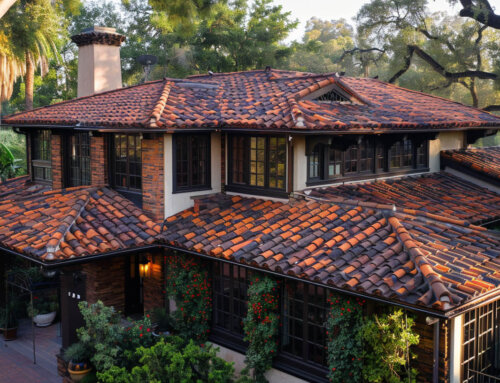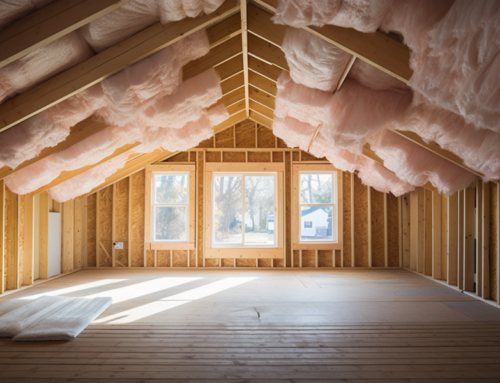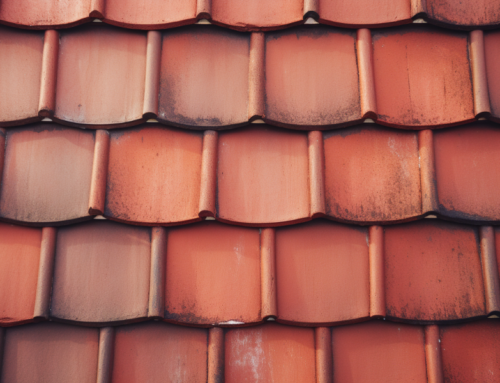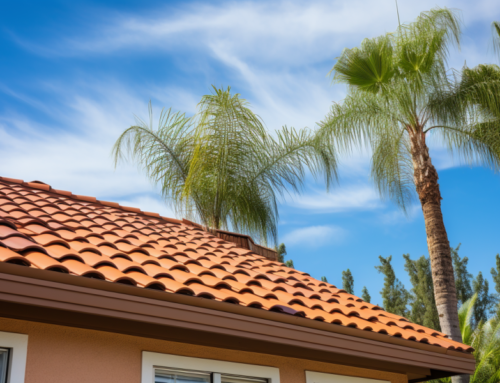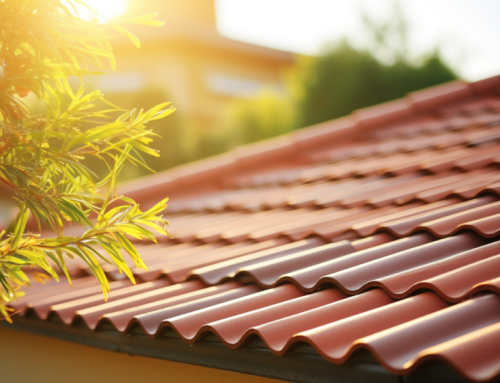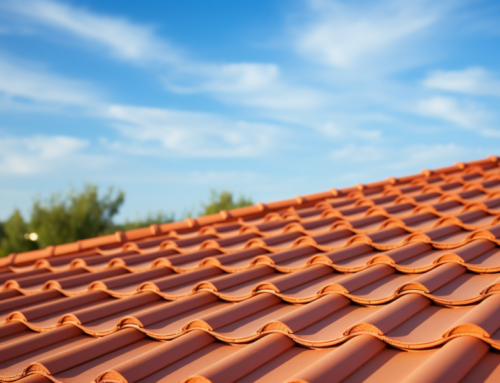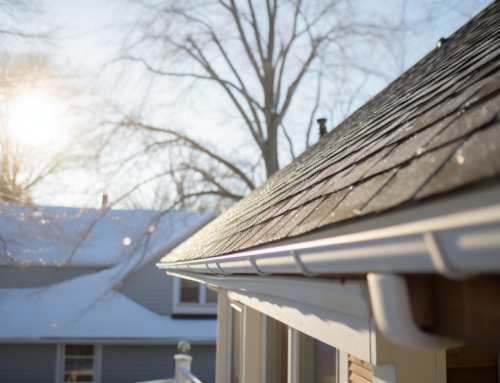Ventilation systems in commercial buildings play a pivotal role in ensuring a balanced indoor climate by regulating temperature and moisture. A well-ventilated roof is not just about comfort; it’s about the longevity of the building materials, the efficiency of HVAC systems, and the prevention of issues like ice dams. Here, we delve into the challenges posed by inadequate roof ventilation and how to ascertain the efficiency of your commercial roof vents.
Challenges Posed by Inadequate Commercial Roof Ventilation
1. Trapped Humidity and Moisture
A primary function of ventilation systems is to allow heat and humidity to exit from the top sections of a building, particularly during the warmer months. Indicators like condensation, visible water droplets, or rust might suggest ventilation issues. Such moisture can lead to the decay and rotting of the roof’s structural components and even promote microbial and plant growth.
2. Reduced Lifespan of Roofing Materials
The detrimental effects of heat and moisture due to poor ventilation can lead to the premature aging of roofing materials. The excessive heat can cause materials to warp and crack, which in turn can result in leaks.
3. Strain on HVAC Systems
A building devoid of proper ventilation will force its air conditioning unit to work overtime. The heat accumulating in the building’s upper sections will permeate throughout, causing the AC unit to work harder to maintain optimal temperatures. This not only leads to a spike in energy consumption during summer but also means more frequent maintenance and a reduced lifespan for the HVAC system.
4. Formation of Ice Dams
In colder climates, roof ventilation is equally crucial. A balance in temperatures and airflow between the interior and exterior is vital during winter to prevent the formation of ice dams. When warm air accumulates beneath the roof, it causes the snow on top to melt. However, with a drop in temperatures, this melting snow reverts to ice, leading to ice dams. These dams obstruct gutter and drainage systems, placing additional stress on the roof and the building’s structure.
Identifying Efficient Commercial Roof Ventilation
While signs like increased humidity, damage to roofing materials, or a spike in summer energy consumption might hint at ventilation issues, they could also be attributed to other unrelated factors. The definitive way to ascertain the efficiency of your commercial roof ventilation is through a professional inspection.
At San Diego County Roofing & Solar, we pride ourselves on offering a plethora of commercial roofing services. From new roof installations, encompassing all types of roof vents and fans, to preventive maintenance and inspections, our team of experts is equipped to pinpoint and rectify any deficiencies in your ventilation system before they escalate into significant challenges.
Key Insights on the Role of Airflow
- Inefficient ventilation can lead to increased humidity within the building.
- Proper ventilation systems enhance the durability of both commercial roofing materials and HVAC systems.
- In colder regions, malfunctioning commercial roof vents can lead to the formation of ice dams.
For any queries or to schedule an inspection, do reach out to San Diego County Roofing & Solar. We are among the premier roofing contractors in San Diego, committed to ensuring the longevity and efficiency of your commercial structures.




